
Artists in residence
The Kimball Arts Center AIR program is a platform for both emerging and established Chicago artists to exhibit and sell their work, and to expand their creative community within our multidisciplinary building. AIR fosters collaboration, resource sharing and accessible art collecting amongst the creative community of Chicago.
fall / winter air 2025
Emerging artists exhibition november through february 1st 2026
We welcome artists Ashley Chappell, Clay Mills and Andrea Coleman as our Fall / Winter Artists in Residence at the Kimball Arts Center, in exhibition from November 2025 until January 2026. View their work on the first and second floor hallways and keep an eye out for public programming!
All work is for sale! Your support is an investment in these emerging artists to continue creating and allows us to continue platforming them. A 25/75 cut in favor of the artist is applied to all art purchases. More info about the AIR program can be found here.
-

Ashley Chappell
Ashley Chappell is a Chicago based photographer of bold and fantastical imagery who is driven by a passionate attention to beauty and representation. Using the forms of fashion, documentary, and fine art photography in unison and interchangeably, Ashley’s work examines the boundaries of each genre, and ultimately transcends their unique limitations in her images. At the heart of the work is a desire to celebrate the multitude of Black bodies, experiences, and identities. While technically precise, Ashley’s work employs elements of blur, motion, and light in order to create surreal and dreamlike impressions which often emulate painterly qualities. By juxtaposing contrasting elements—high fashion in raw, natural environments or ethereal figures in urban settings—the work symbolizes the tension between societal expectations and personal expression. This interplay reflects the fluidity of identity and encourages the viewer to see beyond the surface. When seen together the work functions in a dreamlike narrative space between fantasy and reality, inviting viewers to explore alternate versions of beauty and identity. Photography is a medium unique in the ability to visualize and redefine perceived representations. Informed by the camera’s unique possibilities and limitations, Ashley’s work ultimately amplifies marginalized voices and creates a space for underrepresented stories to reimagine the narratives that shape how we see ourselves and each other.
-
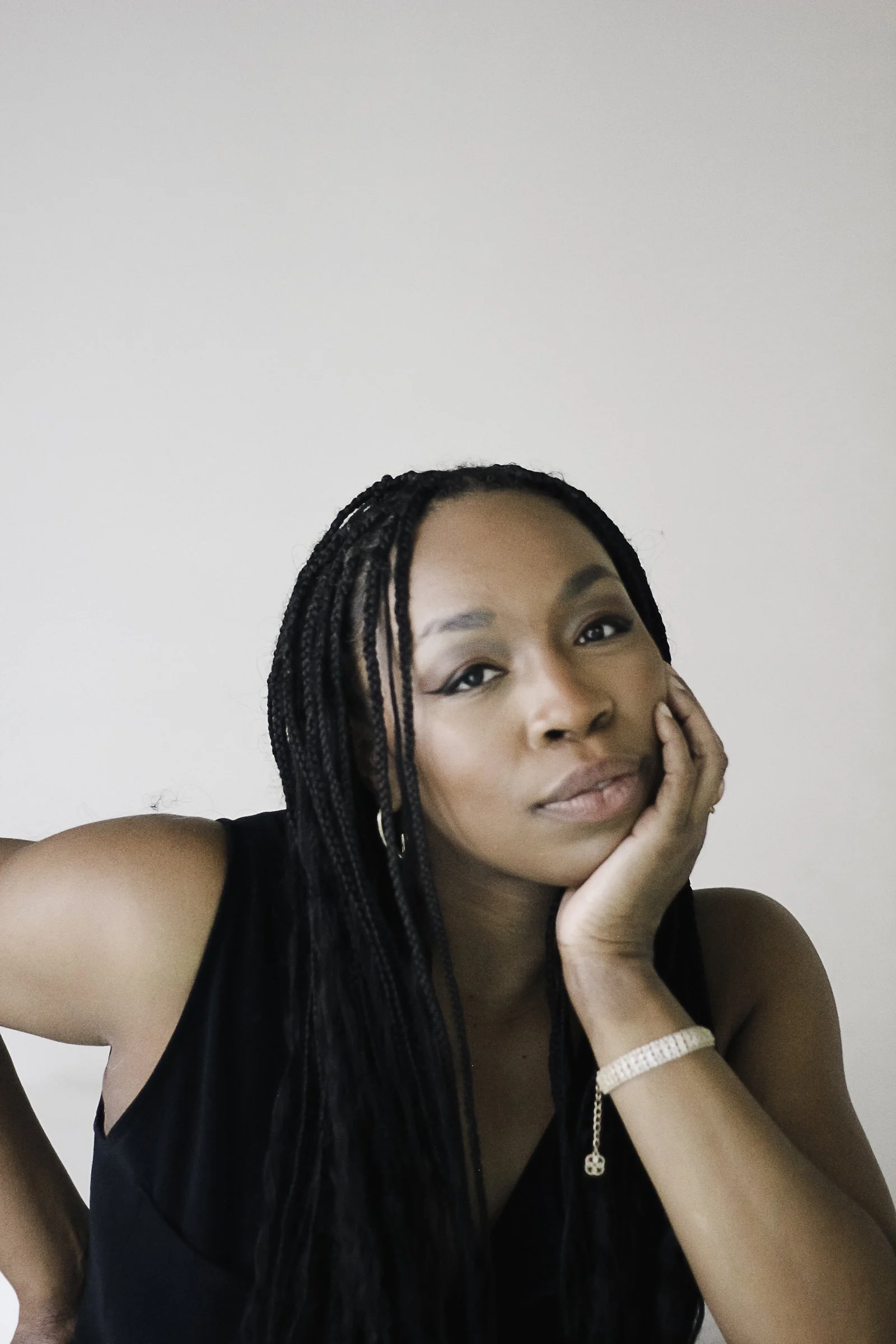
Andrea Coleman
Andrea Coleman’s work makes use of found family images, memorabilia, and videos as a basis to produce a series of digital paintings. Combined with expressive mark-making and coloration, each piece addresses elements of nostalgia and a distorted form of memory. Coleman digitally manipulates images found in photo albums, or VHS recordings to challenge ideas of authenticity and re-appropriate the aesthetic of aura and memory. Drawing inspiration from her own, familial relationships and oral histories, the work investigates the intuitive interconnectedness and multidimensional relationship between snapshot and portraiture. Andrea Coleman’s work centers on the use of found family images, memorabilia, and videos to create digital paintings. Through expressive mark-making and vibrant coloration, she explores themes of nostalgia and distorted memory. By digitally manipulating photos from old albums and VHS tapes, Coleman questions notions of authenticity and reinterprets the essence of aura and memory. Influenced by oral histories and personal family connections, her practice investigates the complex relationship between snapshots and portraiture, emphasizing intuitive interconnectedness and multidimensional perspectives.
-

Clay Mills
My camera looks for the too-familiar in America. That which one sees everyday but has become un-aestheticized through its omnipresence. The modus operandi of most contemporary photography is to avoid the too-familiar. I seek to make it the sole focus of my photography. If no one wants to look at it, maybe that means there’s actually something there. In the 19th century the center of the new was the great cities industrialization fostered. Walter Benjamin called Paris the capital of the 19th century. No such place exists today, despite competing claims from various metropolitan centers around the world. Instead, the new must be sought elsewhere. It has been dispersed along with people, who were spread throughout suburbs and slums in the 20th century, suburbs and slums which have now become strange blossoms of exurban sprawl. What has remained true is that the new desires empty space, whether naturally empty or made empty by destructive forces. The newly new is destined to become the has-been, the ever same. And this is our relationship with the world now, a new world which now appears to us all too stale, even if it is in fact, really new. We live in an American that has been primarily exurban for a while now. What’s new is everyone we know has grown up in that environment, it’s taken for granted. What does it mean to turn our ever-present image of life back onto ourselves? To make the too-familiar unfamiliar by photographing it earnestly? To ask, why does our life look like this? This is what I task myself with as a photographer.
interested in a piece?
All work is for sale unless otherwise noted. Please reach out to inquire! 25% of all sales goes directly back into funding future Artist in Residence programs at KAC.
Our AIR Director, Maddy, will get back to you ASAP :)
maddy@stockingurban.com
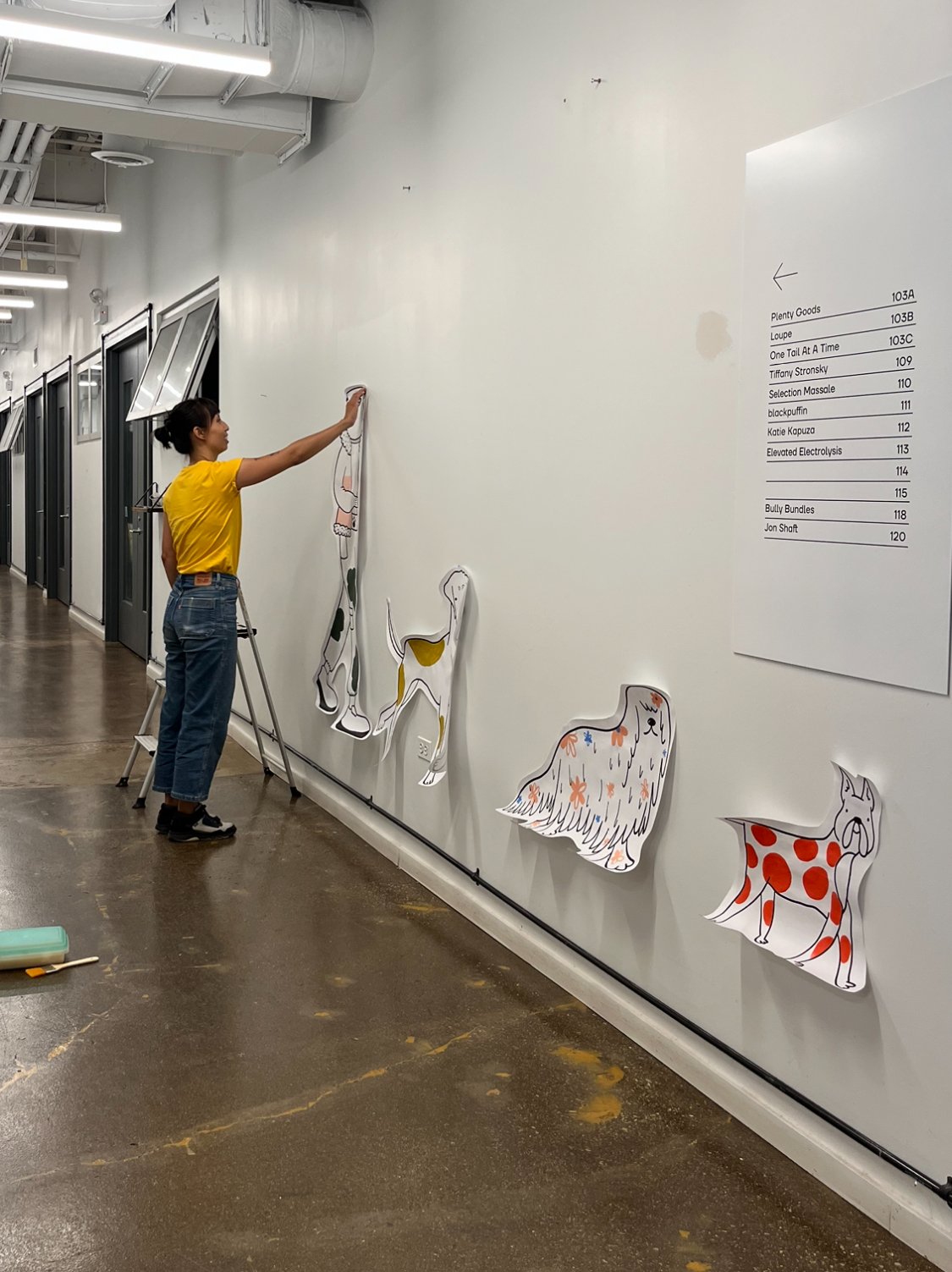
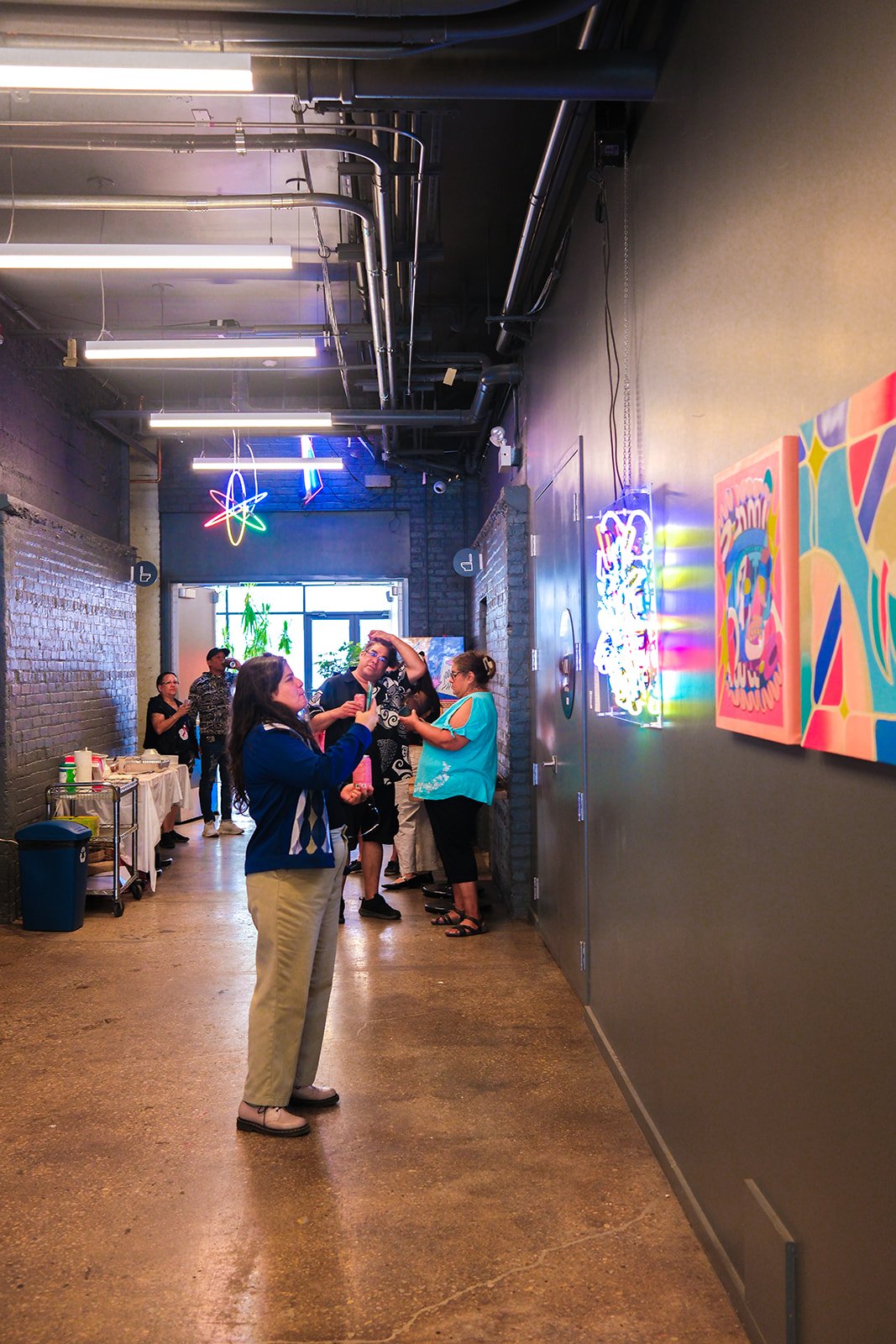


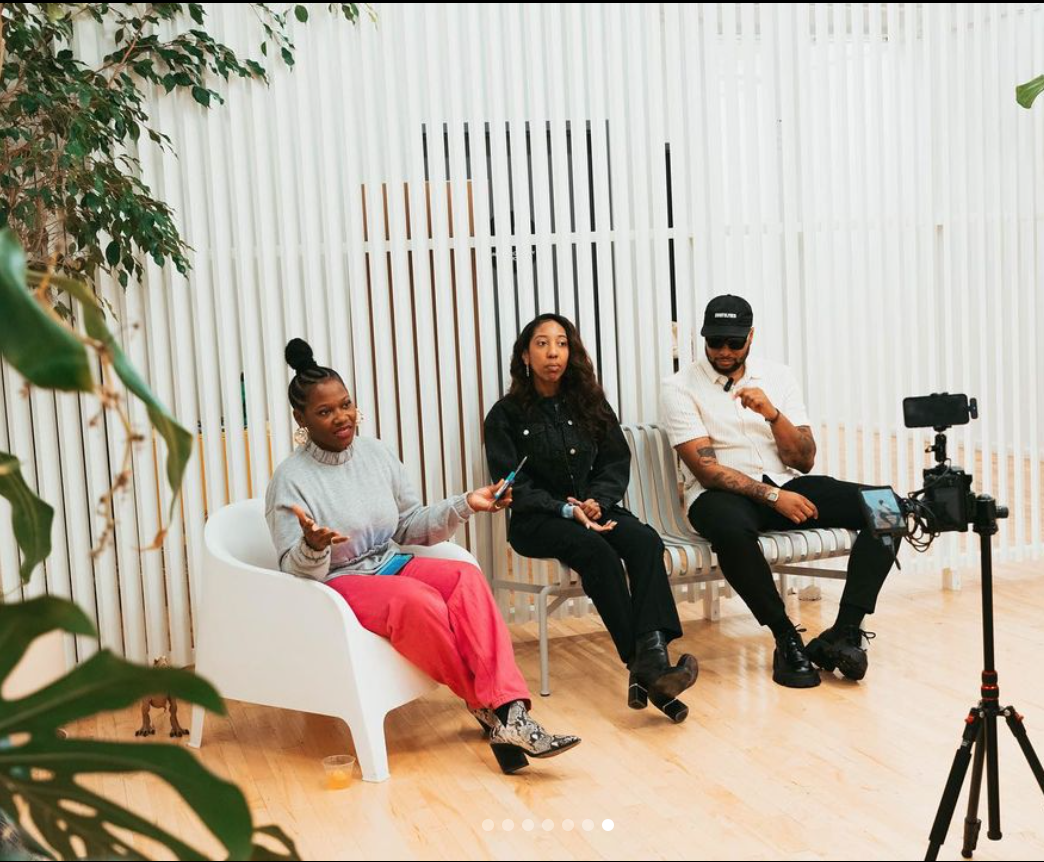

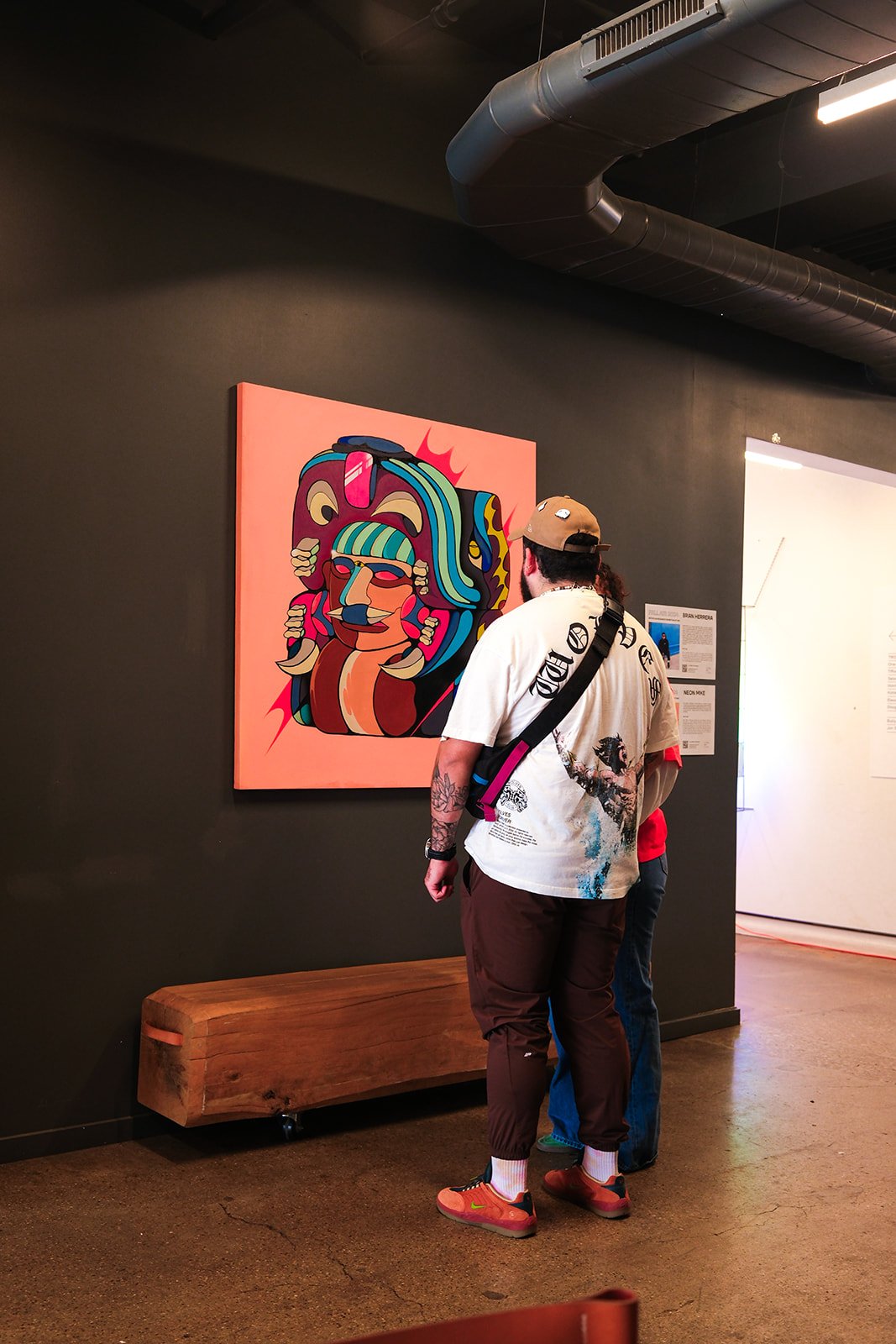


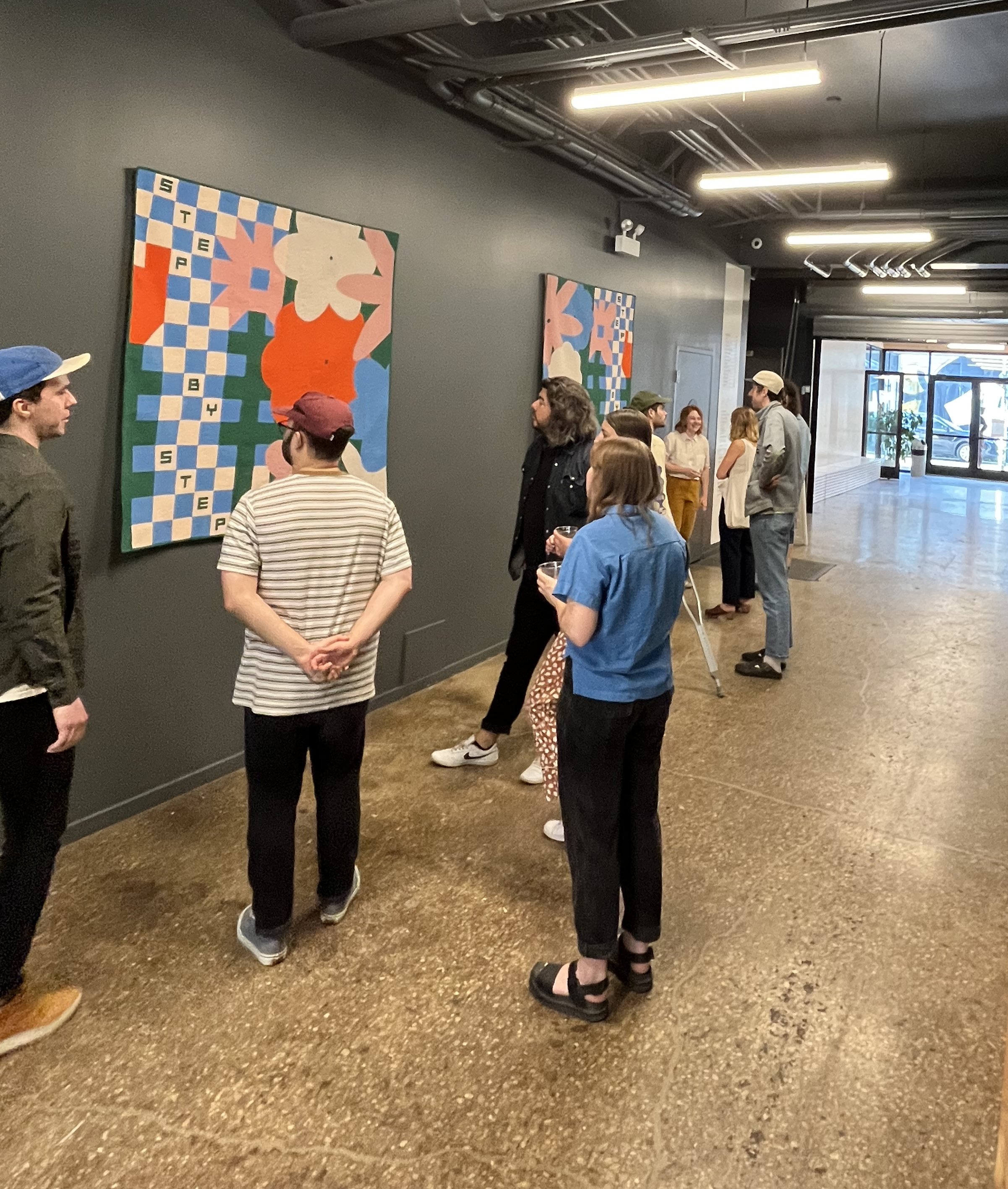

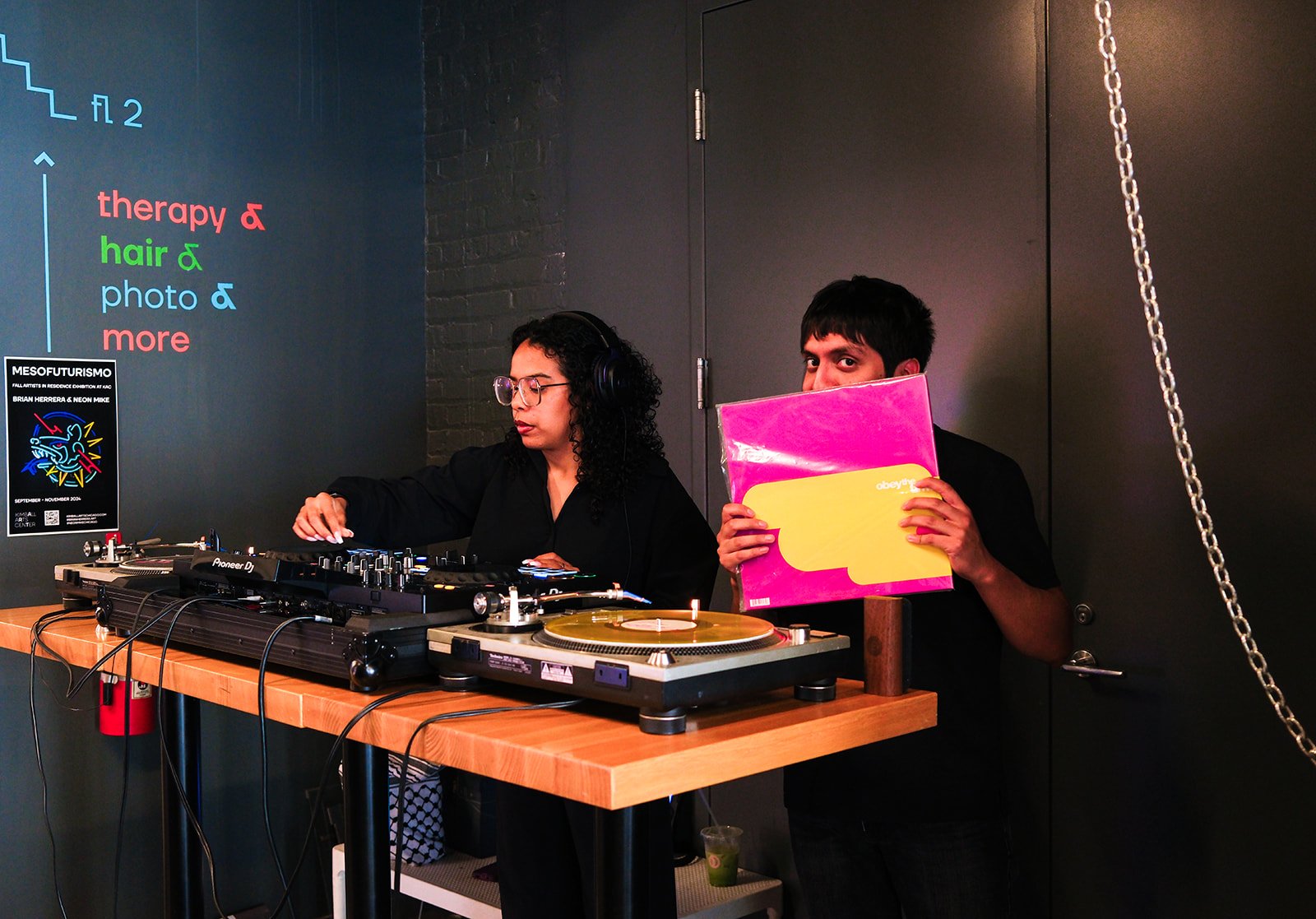







APPLY FOR AIR
!
APPLY FOR AIR !

